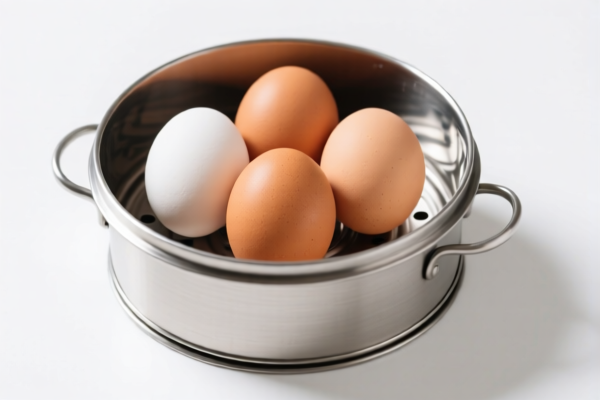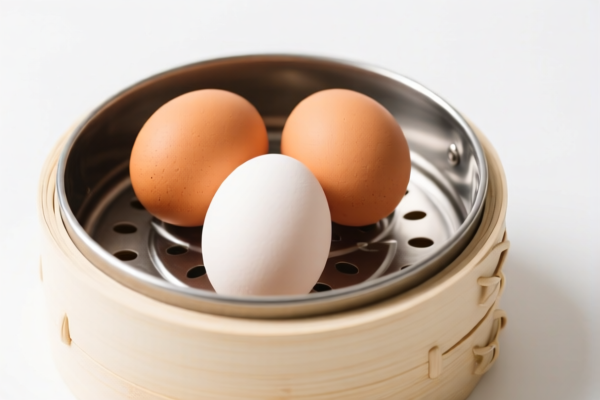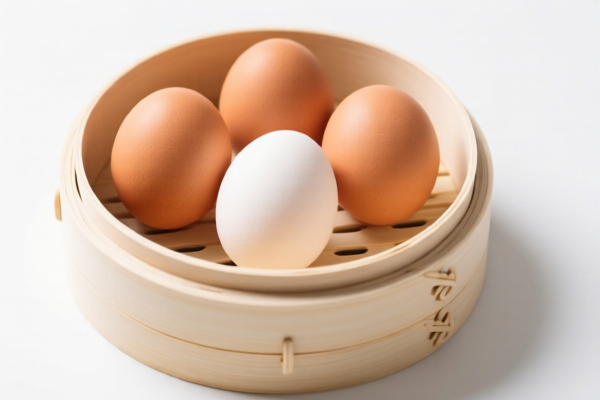| HS Code | Official Doc | Tariff Rate | Origin | Destination | Effective Date |
|---|---|---|---|---|---|
| 8479820040 | Doc | 55.0% | CN | US | 2025-05-12 |
| 8438600000 | Doc | 55.0% | CN | US | 2025-05-12 |
| 9020006000 | Doc | 32.5% | CN | US | 2025-05-12 |
| 9020009000 | Doc | 32.5% | CN | US | 2025-05-12 |
| 9603210000 | Doc | 37.5% | CN | US | 2025-05-12 |
| 9603908050 | Doc | 65.3% | CN | US | 2025-05-12 |
| 8509400015 | Doc | 34.2% | CN | US | 2025-05-12 |
| 8509400040 | Doc | 34.2% | CN | US | 2025-05-12 |
| 8508600000 | Doc | 55.0% | CN | US | 2025-05-12 |
| 8508700000 | Doc | 80.0% | CN | US | 2025-05-12 |
| 3924104000 | Doc | 33.4% | CN | US | 2025-05-12 |
| 3924102000 | Doc | 44.0% | CN | US | 2025-05-12 |
| 3926901600 | Doc | 40.6% | CN | US | 2025-05-12 |
| 3926909910 | Doc | 42.8% | CN | US | 2025-05-12 |




Egg Blender
An egg blender is a kitchen appliance designed for quickly and efficiently beating eggs, though its functionality often extends to other liquids and soft ingredients.
Material
Egg blenders are commonly constructed from a combination of materials:
- Housing: Typically plastic (ABS, polypropylene) for lightweight durability. Stainless steel housings are also found in higher-end models.
- Beating Mechanism: Stainless steel is the predominant material for the whisking attachments due to its hygiene, corrosion resistance, and food safety.
- Motor: Electric egg blenders utilize electric motors, encased within the housing.
- Power Source: Most are powered by AC electricity, while handheld models often use batteries.
Purpose
The primary purpose of an egg blender is to aerate eggs, creating volume and a consistent texture. This is essential for:
- Baking: Incorporating air into eggs for cakes, meringues, soufflés, and other baked goods.
- Cooking: Preparing omelets, scrambled eggs, and other egg-based dishes.
- Beverages: Mixing protein shakes, smoothies, or cocktails where a foamy texture is desired.
- Sauces: Creating emulsions like mayonnaise or hollandaise sauce.
Function
Egg blenders function by rapidly rotating whisking attachments within the egg mixture. The speed of rotation and the shape of the attachments determine the efficiency of aeration and mixing.
- Aeration: The whisking action incorporates air bubbles into the liquid, increasing its volume.
- Emulsification: Blenders can combine liquids that typically don't mix (e.g., oil and water) into a stable emulsion.
- Mixing: They thoroughly combine ingredients, ensuring a homogenous mixture.
Usage Scenarios
- Home Kitchens: For everyday cooking and baking tasks.
- Commercial Kitchens: In bakeries, restaurants, and cafes for larger-volume production.
- Food Processing: Some models are used in food processing facilities for specialized tasks.
Common Types
- Handheld Egg Blenders: Battery-operated or manual. Portable and convenient for small tasks. Often less powerful.
- Electric Egg Blenders: Plug-in models with varying speeds and power levels. Suitable for larger volumes and more demanding tasks.
- Immersion Blenders (Stick Blenders): While versatile, some immersion blenders include whisk attachments for egg beating.
- Stand Mixers: High-end appliances with a whisk attachment specifically designed for eggs and other mixtures. Offer greater power and control.
- Manual Egg Beaters (Whisks): A non-electric option requiring physical effort. Provide control over speed and texture.
- Automatic Egg Shell Crackers/Blenders: These devices automatically crack eggs and blend them, often used for large-scale production of liquid eggs.
Based on the provided information, “egg blender” can be classified under the following HS codes:
-
8509400015: Electromechanical domestic appliances, with self-contained electric motor, other than vacuum cleaners of heading 8508; parts thereof: Food grinders, processors and mixers; fruit or vegetable juice extractors Blenders. This code covers blenders, which are used for processing food, including eggs.
- 85: Electromechanical appliances.
- 09: Domestic appliances.
- 400015: Specifically for food grinders, processors, mixers, and blenders.
-
8509400040: Electromechanical domestic appliances, with self-contained electric motor, other than vacuum cleaners of heading 8508; parts thereof: Food grinders, processors and mixers; fruit or vegetable juice extractors Food grinders and processors. This code also covers food processors, which can be used for blending eggs.
- 85: Electromechanical appliances.
- 09: Domestic appliances.
- 400040: Specifically for food grinders and processors.
-
3926901600: Other articles of plastics and articles of other materials of headings 3901 to 3914: Other: Pacifiers. If the egg blender is made of plastic, this code may apply, although it is less specific.
- 39: Plastics and articles thereof.
- 26: Other articles of plastics.
- 901600: Specifically for pacifiers and other similar articles.
According to the provided reference material, the HS code options related to 'egg blender' are limited, with only the following 3 found.
Please note that if the egg blender is made of plastic, HS code 3926901600 may be applicable. However, HS codes 8509400015 and 8509400040 are more specific to the function of the appliance.
Customer Reviews
No reviews yet.